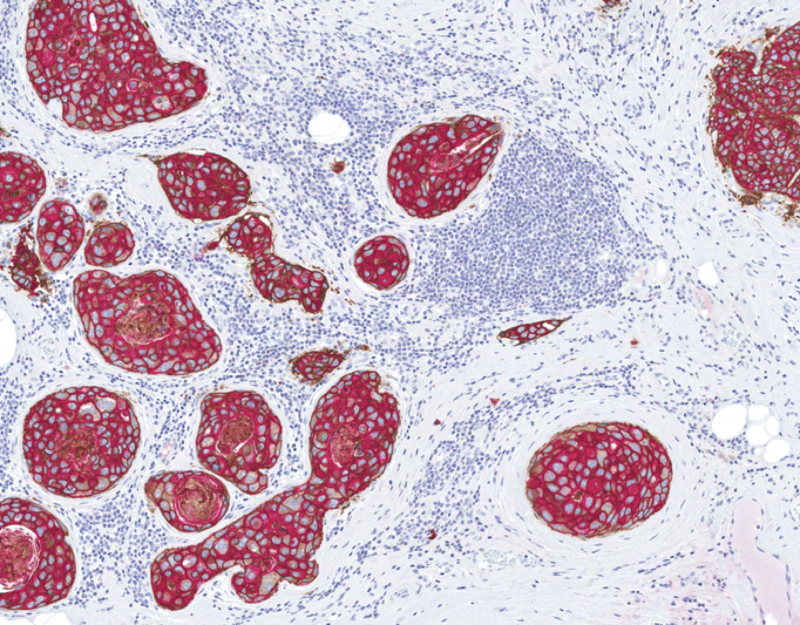
Researchers from the Stanford University School of Medicine have discovered that AMPK activators, which include metformin for type 2 diabetes, could mitigate the cardiac side effects of chemotherapy drug trastuzumab.
Trastuzumab, which is more commonly known as the branded product Herceptin, is approved and commonly used for HER2-positive breast cancer. However, one of the common side effects of the drugs is cardiac dysfunction, which can lead to heart failure.
The Stanford team used blood from three healthy participants and seven breast cancer patients, including five who had experienced cardiac dysfunction following treatment with trastuzumab, to derive stem cells from white blood cells, which they used to create into cardiomyocytes.
They applied trastuzumab drug to the heart cells, and discovered“it changes the way the heart cells consume energy,” according to lead author of the study and director of Stanford Cardiovascular institute Joseph Wu. The cells of those breast cancer patients who had not suffered the cardiac side effects were not affected by trastuzumab, whereas cells of those who had suffered cardiac dysfunction contracted less vigorously.
AMPK activators were then applied to the cells; they responded by consuming more glucose and contracting more vigorously.
Wu said: “We could use this method to find out who’s going to develop chemo-related toxicity and who’s not. And now we have an idea about the cardioprotective medications we can give them.”

US Tariffs are shifting - will you react or anticipate?
Don’t let policy changes catch you off guard. Stay proactive with real-time data and expert analysis.
By GlobalDataThey believe testing the drugs on cells in the lab could “significantly cut the cost of drug development, providing better and more affordable drugs to the population.”
His team now plans to conduct a similar follow-up study of patients who were taking metformin for diabetes while also receiving trastuzumab treatment for breast cancer. If they find that patients taking metformin had fewer cardiac side effects, they hope to conduct a clinical trial to see if combining the two medicines produces the same results.
The study was funded by the National Institutes of Health, the Japan Heart Foundation, and a Stanford translation research and applied medicine grant.



